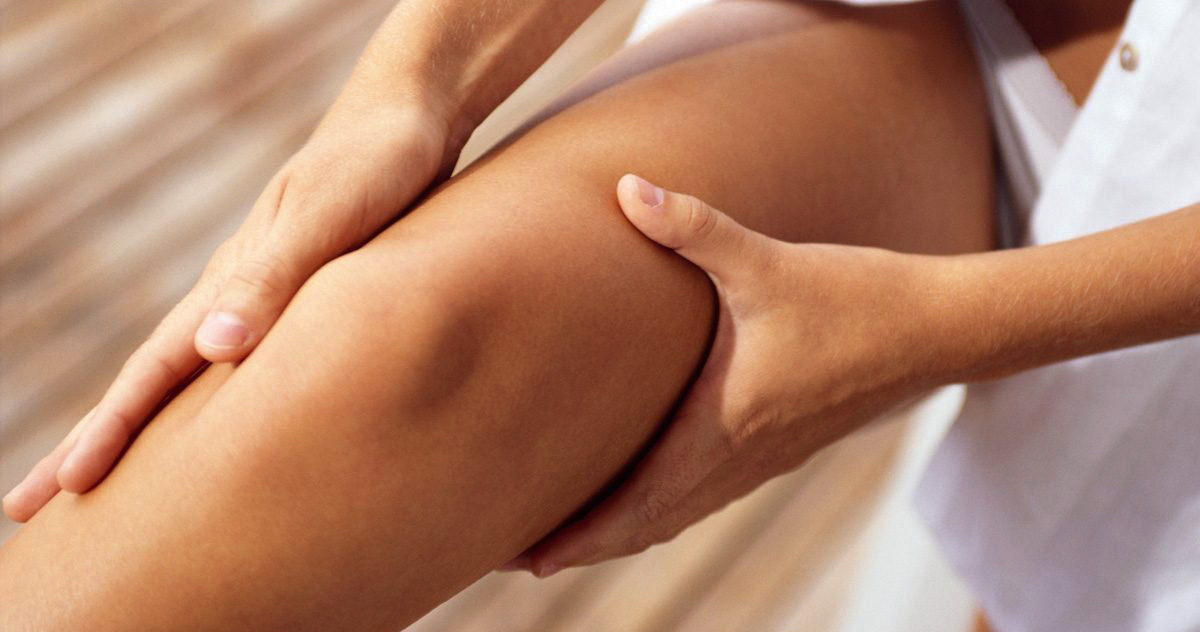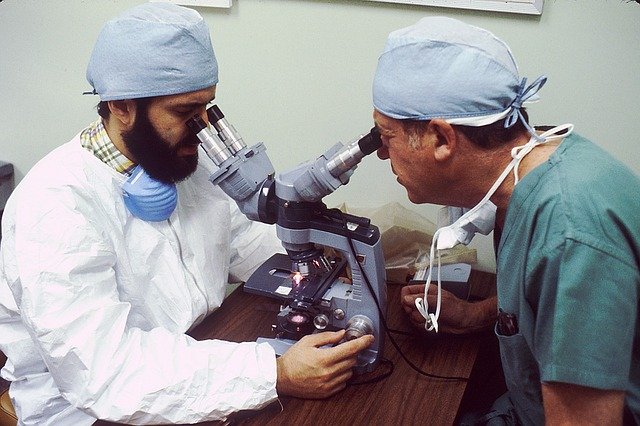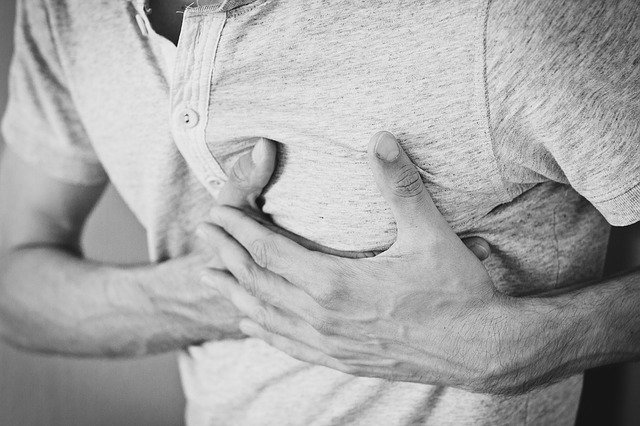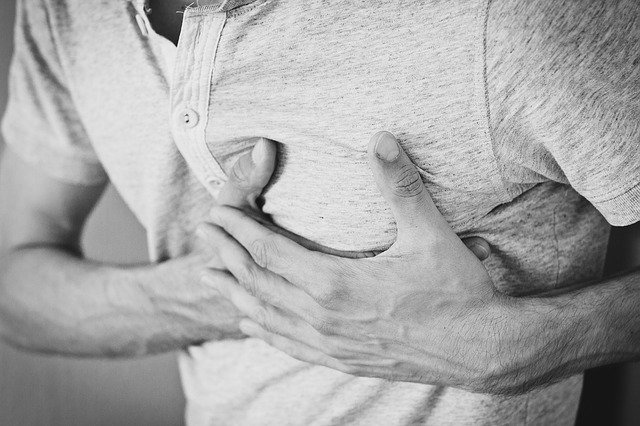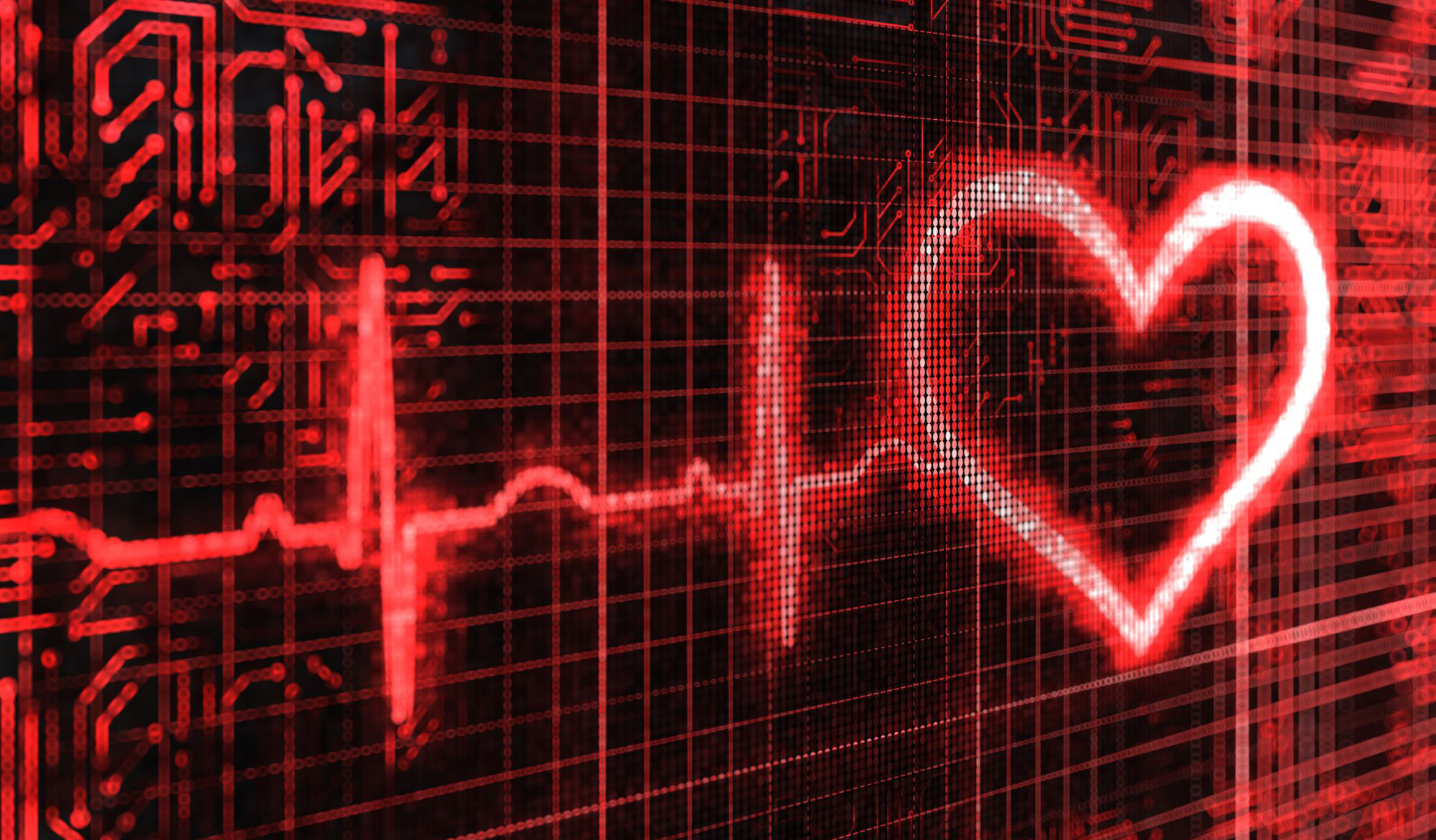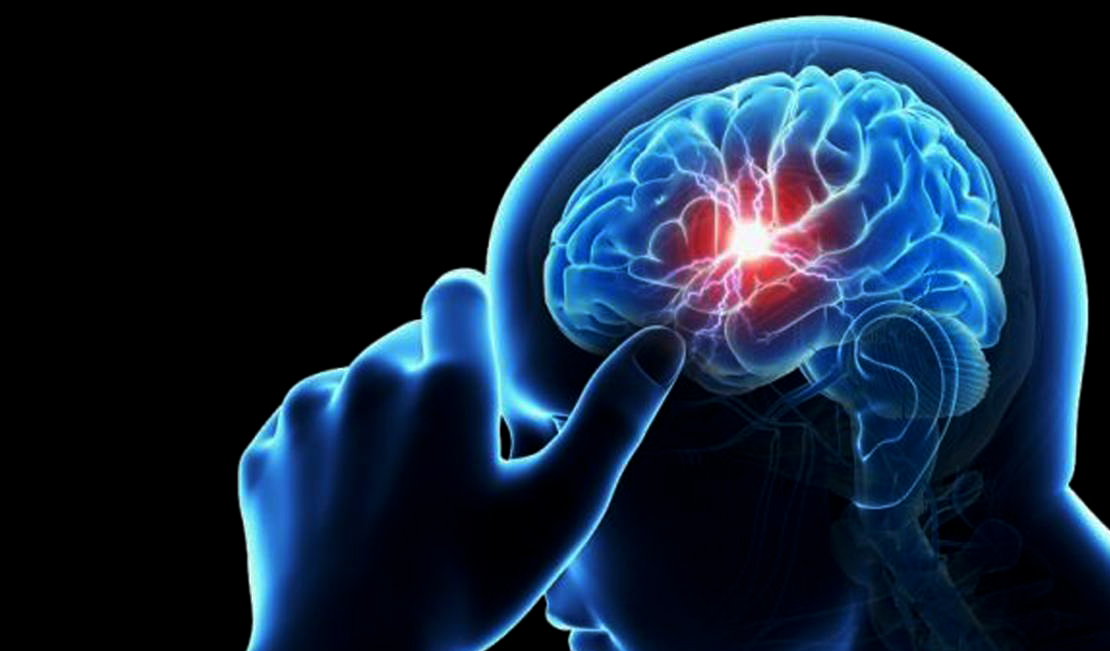Varicose veins are dilations of the veins that, for various reasons, do not correctly fulfill their function of bringing the blood back to the heart and, therefore, the blood accumulates in them, and they expand and become tortuous.
Its frequency of appearance depends on several factors, but taking into account only those that give rise to clinical manifestations, it can be considered that between 10% and 15% of the population suffers them.
Some of its most known causes of appearance are:
- Lack of circulation.
- To stand for a long time.
The varices are divided into three types, which are:
- Varices Grade II: The veins are becoming more visible and the first symptoms begin to be noticed.
- Varices Grade III: The veins are more dilated and tortuous. The symptoms are increasing progressively.
- Varices Grade IV: ulcers appear. Ulcers are hard to treat and can become infected easily.
The most frequent symptoms as the disease progresses are:
- Visualization of the varices.
- Heaviness and fatigue in the legs. This happens because the blood starts to accumulate in the veins of the legs because of walking a lot. Normally the symptoms improve when exercising.
- Mostly nocturnal.
- Pain in the paths of the affected veins, mainly ankle and calf.
- Especially when the legs stay a long time in the same position.
- Heat sensation or itching and itching. Mainly on the ankle and back of the foot.
- Swelling of the feet and ankles.
- Changes in skin color. Violet spots that appear due to red blood cells leaving the affected veins that accumulate under the skin.
- Varicose veins or dilated and twisted.
- Appearance of ulcers. They usually appear near the ankles and, more frequently, on the inside. They are usually quite painful.
Always take care of your health with a unique and efficient service. Visit Pharmamedic.

